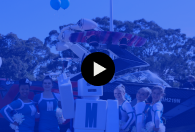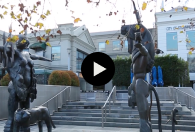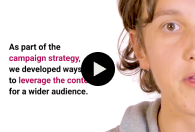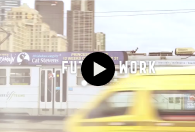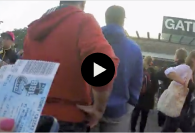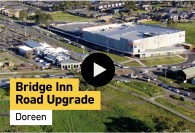
At Department of the Future, our mission is to work with brands to engineer authentic connections that drive results.
We think, so you succeed.
EXPRESS YOUR AUTHENTIC VOICE THROUGH CONTENT
Brand Strategy
From young brands looking to scale to iconic brands in need of a refresh, DOTF combines decades of experience in strategy and creative with lateral thinking and a passion for leveraging emerging tech to discover, define and deploy brand strategy that develops your community and drives growth year-on-year. We work closely with our clients and conduct independent research to discover a brand’s true voice – and deliver it to the audience that wants to listen. ensuring a painless path to impactful, targeted branding.


Planning
We know the power of the long game! Our strategic team can work closely with your brand to identify your goals and action growth into the future. Five year plan? No problem! Our strategy embraces the latest tech to combine next-gen engagement with authenticity to futureproof your comms and grow your community.
Marketing & Sales
For over 16 years, DOTF has combined expertise and experience to develop innovative strategy for dozens of brands from a wide range of industries, spanning education, entertainment, FMCG, government, health and more. Whether you need a simple video campaign or a full comms update, every DOTF project is built on a strong foundation of strategy that ensures your spend supports your success.

Integrated Campaigns
With a history of creating authentic, innovative content , DOTF’s integrated campaigns engage audiences like never before. With unparalleled experience in amplifying real voices, we refuse to create campaigns that just add to the noise – we create authentic stories that connect to your audience’s emotions.
Brand Strategy
Planning
Marketing & Sales
Integrated Campaigns
A Thinking Agency

Authenticity & Innovation
We don’t want to do what everyone else has done – we believe in new ideas and lateral thinking, embracing tech and staying true to your brand – and our values.
Decades of Experience
Our key creative and strategy team has worked together at DOTF for over 15 years, bringing combined decades of experience to every project. From award-winning, long-running pre-Netflix streamer, SpeakerTV, to record-breaking Cricket Australia TVCs to massive East Coast integrated campaigns for HTC, we know how to get brands in front of fans.
Agile & Efficient
We pride ourselves on being efficient and agile. We’re a highly-experienced team with an extended network of creatives – we curate teams for each project, keeping costs effective and timeframes flexible.


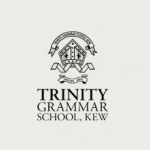





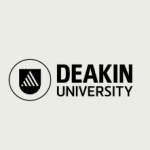

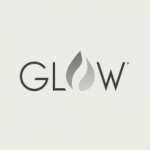
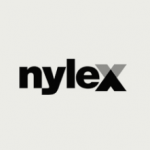
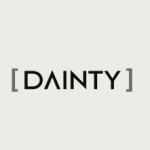
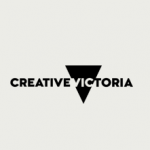






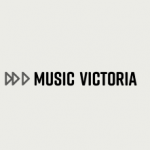
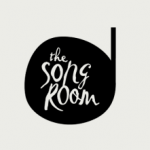



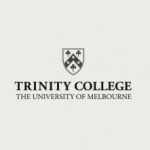
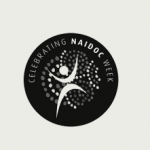



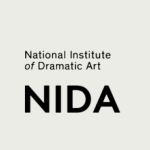


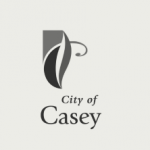

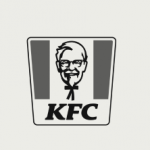

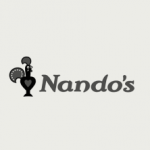

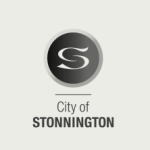


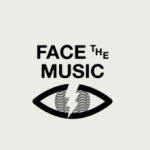
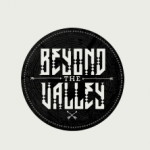
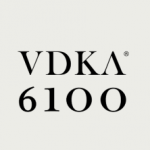


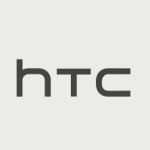


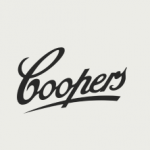




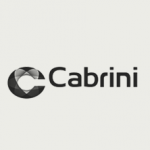
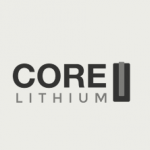
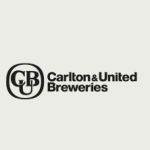
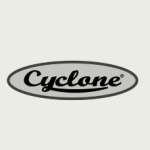


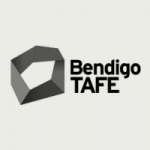



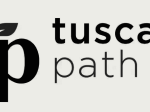


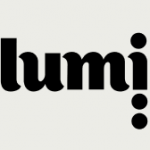

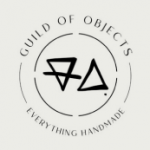



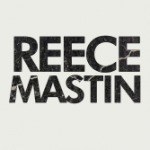
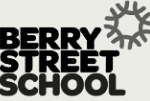



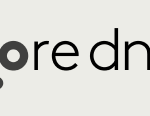


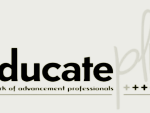







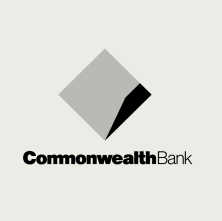

We had the pleasure of working with Shane Warne and the Commonwealth Bank to develop content highlighting Warne’s donation of his famous ‘baggy green’ in aid of Australian families affected by the 2020 bushfires. Our agile team created the content on a tight deadline, based on strategy that integrated archival footage and animation with interview footage shot on location at the DOTF studio.

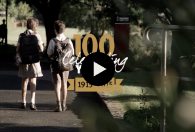
Created as the focal point of a suite of content celebrating Ivanhoe Grammar’s centenary, our strategy stepped outside of the standards of education content to create a cinematic, archival piece of documentary, combining the past and the present as a gift to the the future of Ivanhoe Grammar.
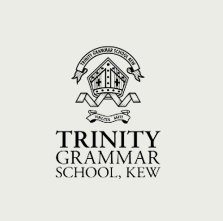

Authenticity is key to our strategy. What better way to speak to Gen Z peers about the 2013 Young Leaders conference at Trinity College than through the authentic words of their peers?
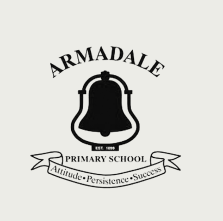

Our team assisted Armadale Primary in developing their strategic approach to applying for government funding through Pick My Project. Creating a video with the students discussing their project in their own words was a focal point of our strategy – connecting emotionally with the voting audience – and highlighting why the funding was truly needed. The video drew attention to the application – which was a success! The Armadale Primary outdoor space was refurbished in 2020 with funds from Pick My Project.
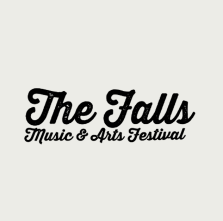
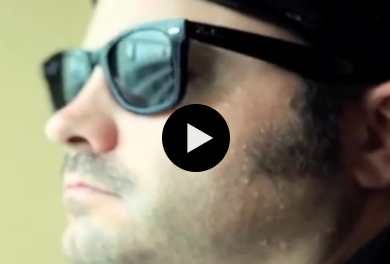
DOTF’s SpeakerTV developed a strategy with Bigpond Music to integrate the Telstra sub-brand with the hottest artists of the day, through a series of brand integrations through content creation at Falls Festival.
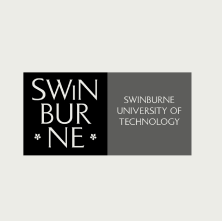
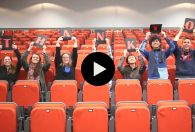
Created with student recipients of grants, bursaries and allowances, this little video is a light-hearted expression of gratitude from Swinburne students, connecting existing and potential donors with the real world impacts that their donations can offer students through happy moments and humanising the act of donating and bequeathing to a large organisation.

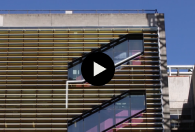
We worked with RMIT on content strategy and creation throughout the New Academic Street project, throughout the full three-year duration. This virtual tour was developed to generate excitement within the student body for the reveal of the completed first stage of the project. Additionally, it was screened live at the launch event, which was developed and managed by DOTF.

Monash Open Day
Content Strategy & Media
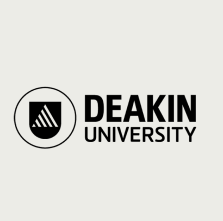
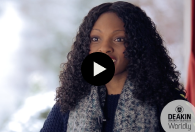
Deakin University’s Business & Law wanted to capture content to highlight their International Study Program. Unlike previous content developed using stock footage or student photos, we sent a tight crew along for the experience, capturing intimate footage of the incredible opportunities offered by Deakin’s ‘Worldly’ offering. With three weeks of documentary footage captured, we created an in-depth suite of content covering authentic individual student diary entries, travel documentary shorts and a series of business and law insights from iconic brands and locations around the EU.

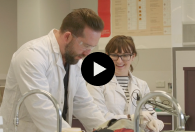
DOTF is proud to have supported Melbourne Polytechnic in their brand and content strategy and creation since 2019. As well as having created dozens of videos for a wide range of purposes, from student profiles and short documentaries highlighting facilities and faculties, to important comms during the pandemic, we developed the website content and content strategy for the 2019 brand refresh. Always ready to respond to a need – our team developed the strategy and executed the Melbourne Polytechnic 2021 virtual graduation ceremony, in response to the restrictions created by the pandemic.

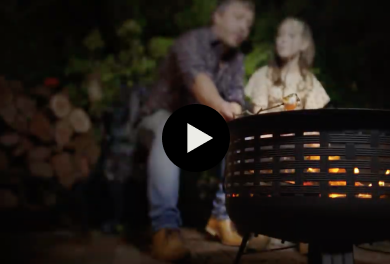
We developed and created a campaign that comprised a range of various content tailored to address different concerns and different audiences, including fire pit installation and landscaping, how to cook different types of food on a firepit and a stunning brand video.


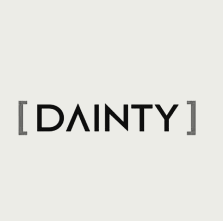
An Evening With Oprah


Music Lives Here
How do you tell the story of the history of music in Victoria – whilst highlighting the current musicians working so hard in our city? In order to show the traces of musical history on every surface of Melbourne and Victoria, we combined archival footage, animation and projection over iconic locations to create a short film that screened at international conventions and was distributed online.

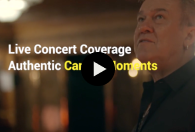
We always love working with Jimmy Barnes – and filming for Working Class Boy was no exception! As well as developing the strategy for capturing the live concert footage that’s integrated throughout the documentary, our team orchestrated several special moments for Jimmy that were integrated into the final film.
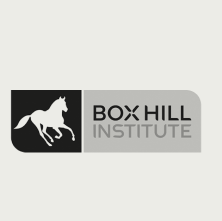
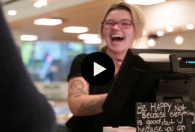
Faced with restrictions created by the pandemic, we worked with Box Hill Institute to develop the strategy and execute on the creation of a custom social media platform for Box Hill’s Open Day – turning a one-off event into an ongoing experience, that captured data and offered direct comms beyond even a real life event.


Efficiency is one of our core values and working with Griffith University on their Inclusive Futures project, we discovered a wealth of content that hadn’t been maximised in its application and distribution. We created a strategy around repurposing underused content with fresh branding and messaging, extending the life of their existing content bank and ensuring that they got the most out of their spend on the original production.

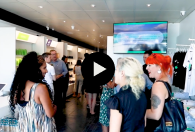
DOTF has worked closely with Releaf on their brand and content strategy since their inception. From creating content that highlights the authentic motivations behind the brand to facility tours to help reassure patients new to cannabinoid medicine that they’re in safe hands, to investor memorandum videos – and even a series of video lectures to educate GPs and other medical professionals, DOTF has assisted Releaf in developing a strategy that places them within the community, helping to transcend taboos.

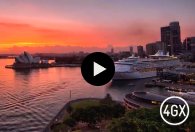
Back in the days of emerging 4G, we created this short internal video for Telstra’s team, highlighting new 4G services, using memorable imagery to help the team learn new locations.


Capturing a collaboration between LaTrobe University and the NGV combined interviews with documentary footage, working to a content strategy that ensured that all stakeholders in the project received adequate promotion and documentation.
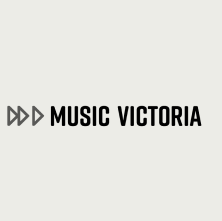

An award ceremony requires immediate content – with a team on location capturing footage and interviews, we shot, edited and released videos during and immediately after the ceremony, televising our local music heroes to their eager fans.


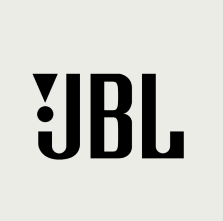

SpeakerTV was built around a strategy that connected brands, bands and fans. This campaign with JBL included placing their products directly into the hands of international and local musicians, authentic product placement in Speaker TV segments online and broadcast and product giveaways to Speaker TV viewers.
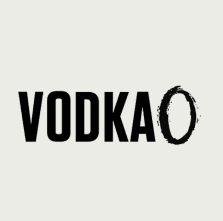
Speaker TV x Vodka O

Combining socials content with gig and interview footage from a sponsored gig, Speaker TV worked with Vodka O to put their product into the discerning hands (and mouths!) of Melbourne’s music scene.


We worked with WINConnect on their brand refresh, highlighting the efforts their business was making to contribute as a responsible, community business. We created a series of content that simultaneously demystified community energy networks and created a strong brand identity with a community feel.

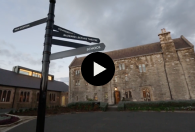
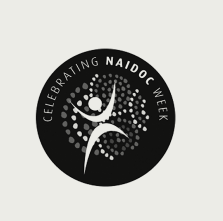
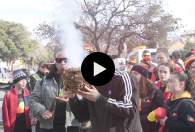
We’re honoured to have worked with Vic NAIDOC since 2015, developing content strategy and covering the events of NAIDOC Week every year. The march is an essential show of resistance and solidarity and we aim to create video content that brings those powerful emotions to people viewing all over the world.

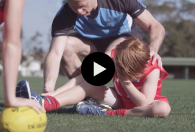

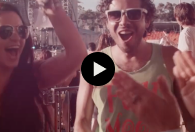
We worked with Mastercard to develop and highlight best practice in their ‘Priceless Surprises’ campaigns at FutureMusic 2014. Our first task was to facilitate exciting experiences for Mastercard customers at the festival. Next we created video content highlighting these experiences that was distributed internally to teams around the globe.

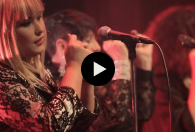
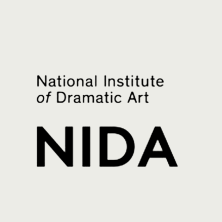



Working with The Line to develop and create the webseries ‘Asking for a Mate’, was a great opportunity to create fun content on serious topics. Examining authentic reactions to questions about gender, sex and relationships, the series allows youths to learn from their peers. Season 2 launched in 2022 in a new format, taking advantage of TikTok and Instagram Stories to talk directly to Gen Z.

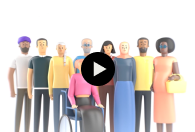
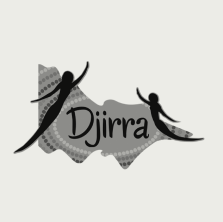
We Are Djirra!


KFC Wellness




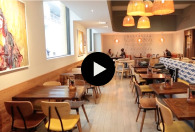

Melbourne Fringe Festival 2016

City of Stonnington


Re-Love Project


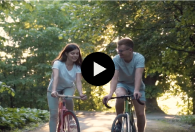
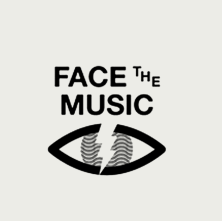
Face the Music x Speaker TV
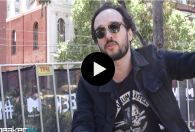
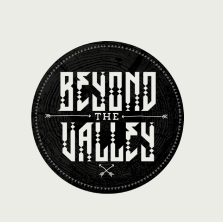
Beyond the Valley 2016


VDKA6100 Brand Video

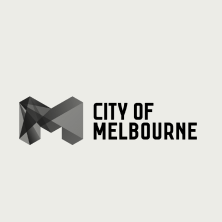
Melbourne Knowledge Week
We worked with Melbourne Knowledge Week to create mini-documentaries about some of the key speakers at MKW events – sharing the knowledge to audience members that weren’t able to make the events and enticing those that could to learn more about the topics that interested them.
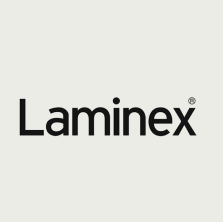
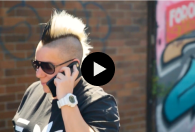
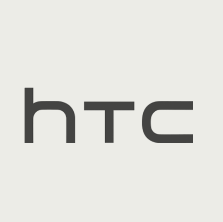

How does DOTF launch a new HTC phone? We work with Telstra to develop a strategy based on a series of concerts held along the East Coast, featuring the biggest names in music at the time, including the Temper Trap and Birds of Tokyo. From there we create hype around the concerts and the brands, linking HTC with music. Next, we create content from these events that captures attention nationally – generating millions of impressions for HTC – and a new product intrinsically linked with the live music experience.
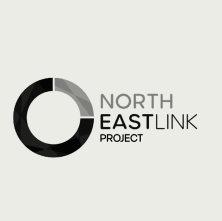
Ford Park

After initially supplying raw and graded footage as required, upon delivery, the client expanded the scope of the job, asking us to create a social edit highlighting the demolition, the NELP works and the new pavilion build, using a combination of our footage, vault footage, animation and dynamic text.

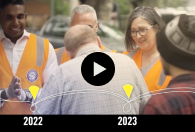
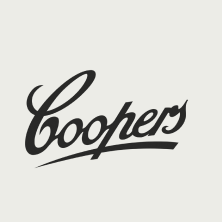
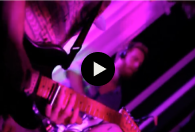

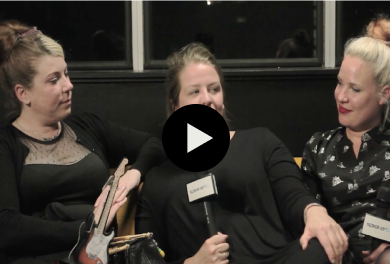



Why Haileybury?
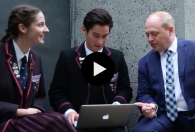

Holmesglen Campus Highlights


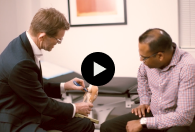
Having produced a 30-second TVC, Cabrini needed digital strategy to target specific cohorts. Using a Motion Stack, our team developed a suite of individualised microcontent aligned with locations and conditions for audience targeting across socials.
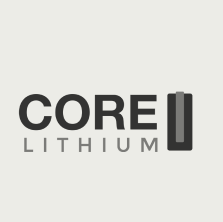
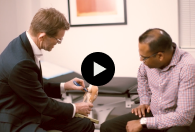

Carlton Dry Independent Music Awards

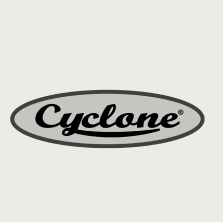
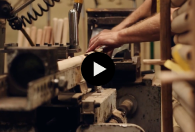
We developed a strategy for Cyclone, based in nostalgia, combining archival footage with graphic, animation and new videography to create a brand video supporting local businesses and Aussie pride – reassuring their audience that through-out the years, the Cyclone they know and love is still the same.


We worked closely with GRAF Australia on their localisation strategy,highlighting their internationally renowned brand’s presence in Australia. We created a suite of supporting content, including a brand video, testimonial videos and sales deck. We also enjoyed developing and designing a GRAF Australia stall for use at conventions.

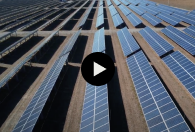

Bendigo Kangan Institute
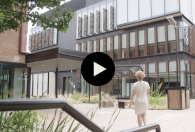

Micron21
Karora
How better to sell an Aussie product internationally than Aussie content creators? Our team worked with Karora on brand strategy and content to create authentically Australian TVCs and digital video for their overseas markets.

Australian Building and Construction Commission

We worked with the ABCC to create online educational content for internal use only, developing a series of lectures around Fair Work practice.
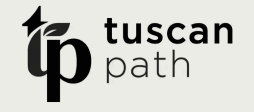
Tuscan Path


Embelton/Aquatuf
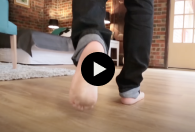

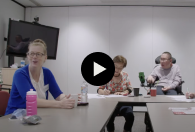
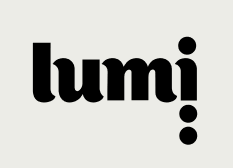
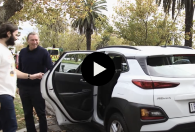
We initially worked with Lumi, a specialised rideshare company, to simplify and freshen their brand, updating their website, creating a range of design collateral and a suite of video and socials content in 2021. In 2024, after three years of operational insights, they came to us again, to refresh and relaunch their brand as a specialist accessible transport service. We developed a full brand strategy and refresh for them, developing fresh positioning based on research into accessible transport and NDIS, transforming the brand into its new specialisation.
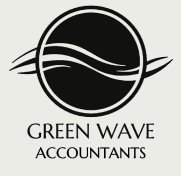
Greenwave
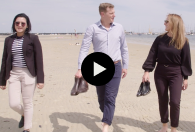

Guild of Objects


Deutsche Schule


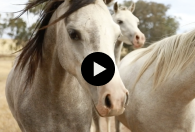
Lend.com.au
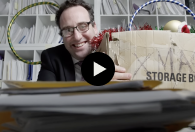
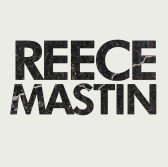
Reece Mastin
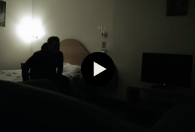

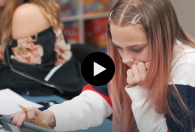
Spanning four campuses, our crew visited the Berry St School to create campus tour video content. As part of our strategy for maximising their content spend, we simultaneously built a vault of photographs for the school’s future use across socials and marketing collateral.

Morris Miselowski


Brighton Grammar
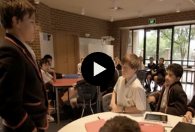

Brotherhood of St Laurence
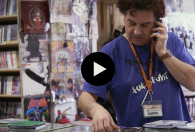
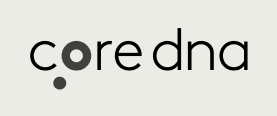

Based on a brand refresh and strategy for humanising content, we worked closely with CoreDNA to create a brand position and supporting content that help to make their offerings understandable to a larger demographic – keeping the tone technical but avoiding overwhelming deep-dives at first contact.

We developed a strategy for a series of national TVC and cinema advertising campaigns that focused on making families at home feel like they were having fun at the game. We used real families with GoPros and supporting camera teams to capture authentic family experiences at the cricket – with two families for each team, nationally, creating a wildly successful campaign.


Our brand video for Databee’s Student Assist video required a combination of sensitivity and humanising tech specs to appeal to student support services.
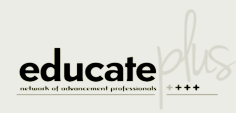
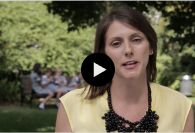
As a member of the EducatePlus team, DOTF created supporting content for EducatePlus members and assisted in the organisation of the 2014 Melbourne conference, including event and product design.
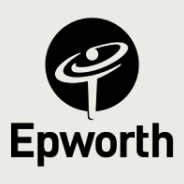
Epworth Healthcare
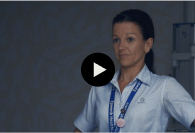
We helped Epworth Healthcare show the women behind the workers, with a short film for International Women’s Day 2019.

First Nations Foundation

We love making this ongoing series of educational skits, created as a part of the My Money Dream course on financial literacy for First Nations people. As with all of our work with First Nations clients, cultural sensitivity is at the heart of every stage of the production process.

Fed Training
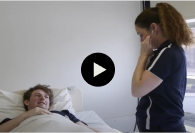
Our series of student profiles highlighted the different reasons that students are drawn to studying at TAFEs and their results and experiences – whilst also combining to create a slick TVC.
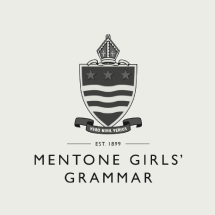
Mentone Girls School
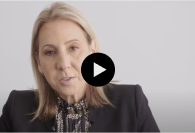
We worked with principal Natalie Charles, to create a series of online content highlighting the leadership and offerings for students at Mentone Girls’ Grammar.

MTIA
We enjoy our status as a preferred supplier for the Major Transport Infrastructure Authority, creating content across all of the primary projects, including overarching content, such as the Graduate Recruitment series.

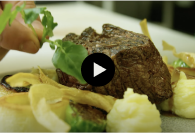
Peter Rowland came to us for content to support their brand refresh, for luxury catering. We worked with their team to throw a launch party to die for – using the event as the base for stunning, cinematic brand videos.

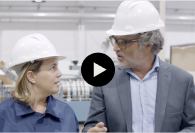
Dynamic typography, 2D animation and stock footage can bring statistics to life! We created this longform animation for TAFE Director’s Australia to be used at a vocational training conference, helping the facts communicate across multiple languages.

